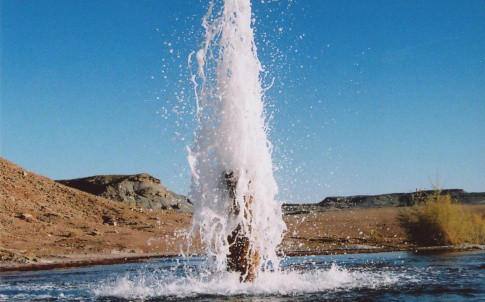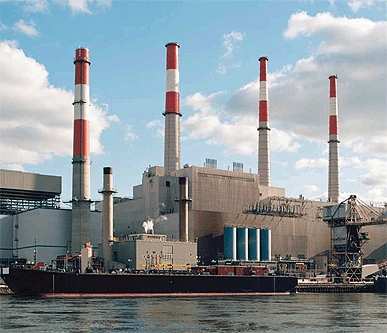The research, published in Nature Communications, looked at a natural reservoir in Utah where CO2 released from deeper formations has been trapped for around 100,000 years. It examined how acidic carbonated water affected the ability of the cap rock to act as an effective trap over that extended time.

The team found that CO2 had very little corrosive impact on the minerals, limited to just a 7cm layer over the period. This is substantially less than the amount predicted in some previous studies, which suggested that corrosion could be many metres thick, compromising the integrity of the cap rock to contain the CO2.
“Earlier studies, using computer simulations and laboratory experiments, have suggested that these cap rocks might be progressively corroded by the CO2-charged brines, formed as CO2 dissolves, creating weaker and more permeable layers of rock several metres thick and jeopardising the secure retention of the CO2,” said Prof Mike Bickle, director of the Cambridge Centre for Carbon Capture and Storage at Cambridge University.
"However, these studies were either carried out in the laboratory over short timescales or based on theoretical models. Predicting the behaviour of CO2 stored underground is best achieved by studying natural CO2 accumulations that have been retained for periods comparable to those needed for effective storage."

The researchers drilled beneath the reservoir to recover samples of the rock layers and the fluids confined in the rock pores. They then studied the mineralogy and geochemistry of cap rock, and bombarded samples of the rock with neutrons at a facility in Germany to get a better understanding of any changes that may have occurred in the pore structure.
Computer simulations were also used to show that this layer took at least 100,000 years to form, an age consistent with how long the site is known to have contained CO2. Safe CCS requires CO2 to be stored geologically for about 10,000 years, so the findings could be a major boon for a technology that failed to win major backing under the previous government.
"A major obstacle to the implementation of CCS is the uncertainty over the long-term fate of the CO2 which impacts regulation, insurance, and who assumes the responsibility for maintaining CO2 storage sites,” said Bickle. “Our study demonstrates that geological carbon storage can be safe and predictable over many hundreds of thousands of years."




Nanogenerator consumes CO2 to generate electricity
Whoopee, they've solved how to keep a light on but not a lot else.